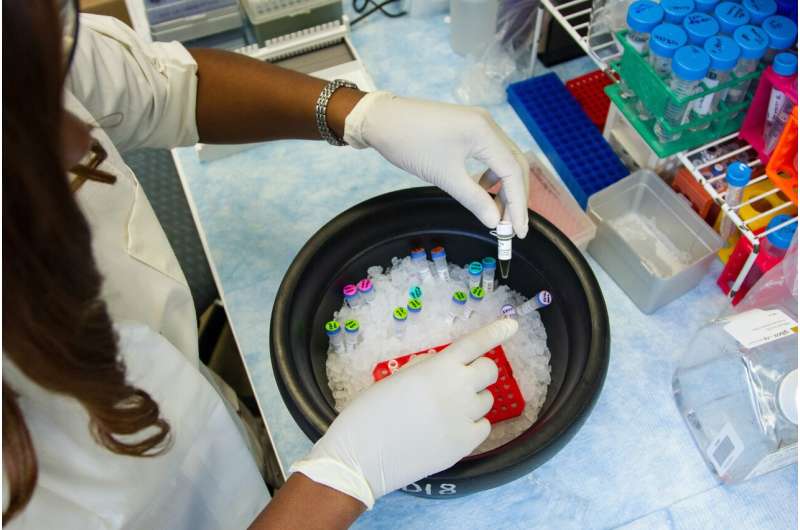Exercise-Induced Protein CLCF1 Supports Muscle and Bone Health in Aging

New research uncovers the role of the protein CLCF1, produced during exercise, in improving muscle and bone health in aging, paving the way for targeted therapies against age-related musculoskeletal decline.
Recent research has identified a vital protein called CLCF1 (cardiotrophin-like cytokine factor 1) that is produced during physical activity and plays a critical role in maintaining muscle and bone strength, especially in older adults. The study, published in Nature Communications and led by Dr. Yong Ryoul Yang from KRIBB and Professor Nak-Sung Kim from Chonnam National University, uncovered how this protein mediates exercise benefits at the molecular level.
The research team found that blood levels of CLCF1 increase significantly in younger individuals after a single exercise session, whereas older adults only show an increase after prolonged, regular exercise over 12 weeks. These findings suggest that the production of CLCF1 diminishes with age, contributing to the reduced effectiveness of exercise in combating muscle and bone decline in elderly populations.
Experimental studies on aged mice demonstrated that administering CLCF1 improved muscle strength and increased bone density. Conversely, blocking CLCF1's activity rendered exercise less effective, highlighting its essential role in exercise-induced health benefits. Further investigations showed that CLCF1 enhances mitochondrial function in muscle cells, inhibits osteoclast development (which promotes bone breakdown), and stimulates osteoblast differentiation (which promotes bone formation).
This discovery offers a new perspective on the biological mechanisms behind age-related decline in musculoskeletal health. Dr. Yang emphasized that understanding CLCF1’s role could lead to innovative therapies to address sarcopenia and osteoporosis, common age-associated conditions.
In summary, this research provides a biological explanation for why exercise becomes less beneficial with age and opens pathways for developing targeted treatments to promote healthier aging. For more information, visit source.
Stay Updated with Mia's Feed
Get the latest health & wellness insights delivered straight to your inbox.
Related Articles
Innovative Use of Patient's Cartilage Cells Promises Improved Healing After Hip Surgery
A pioneering study from the University of Missouri explores how using a patient's own cartilage cells can enhance recovery after hip surgery, potentially reducing pain and promoting faster healing.
Addressing Biases in HIV Testing: Risks of Underdiagnosis Among Women and Older Adults in Spain
A comprehensive study in Spain reveals biases leading to underdiagnosis of HIV among women, older adults, and rural populations, emphasizing the urgent need for improved testing protocols and training to achieve early detection goals.



